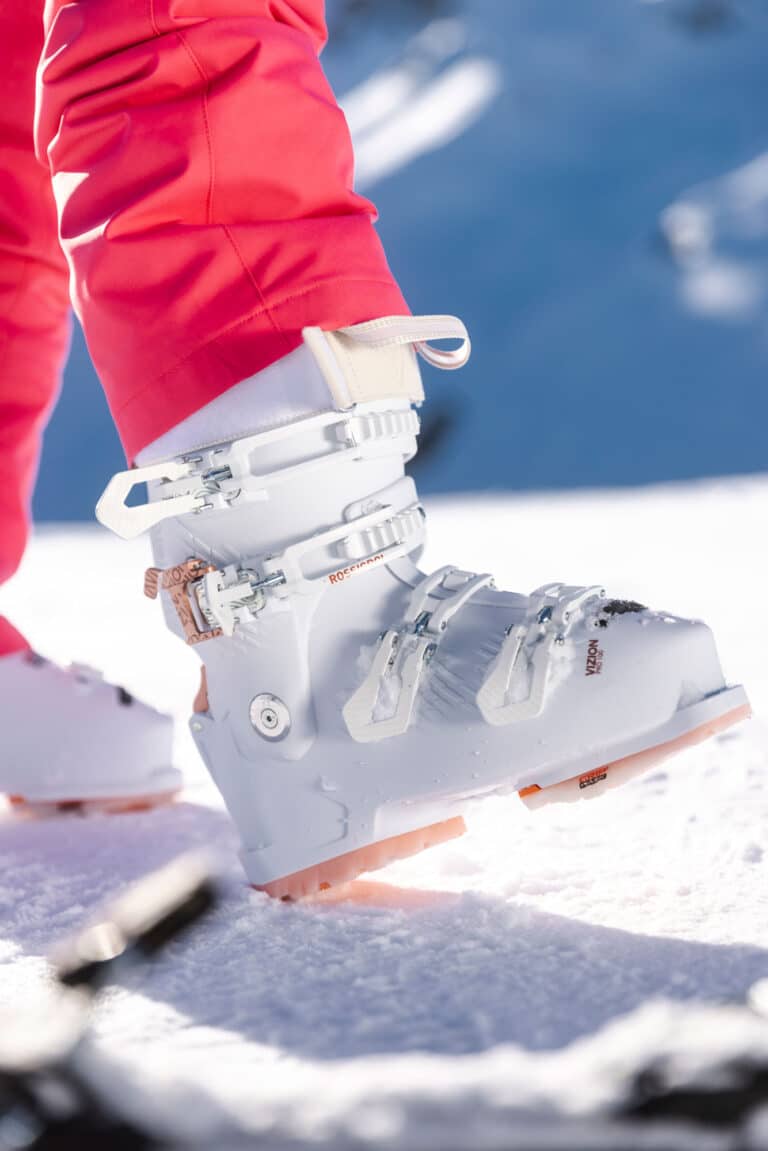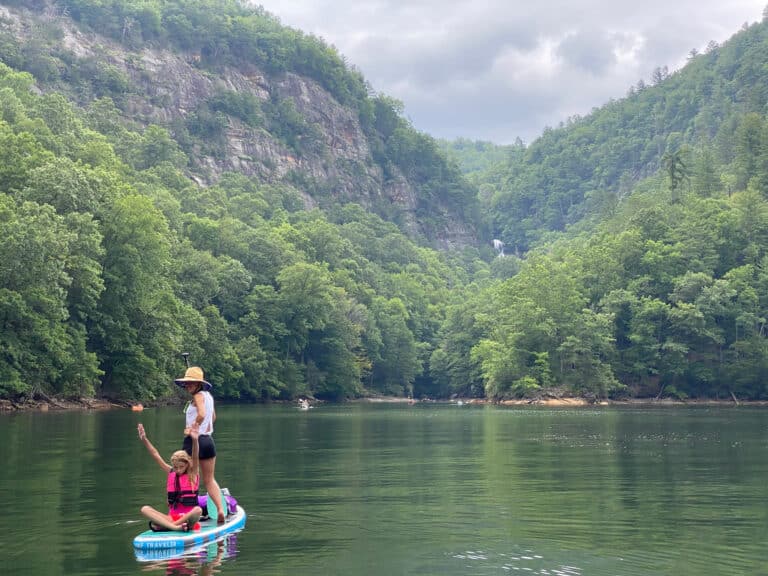How can I tell if a snake is venomous?
The most common venomous snakes in the U.S. are pit vipers, which include rattlesnakes, copperheads, and cottonmouths. They vary in color but are usually thick-bodied with a large, triangular head and vertical pupils. Their distinguishing feature is the heat-sensitive pit between the nostril and eye, which aids in hunting warm-blooded creatures at night. To prevent your feet from suffering the fate of an unsuspecting bunny, watch your step and wear rubber boots—they retain body heat well and are a good precaution in the territory of these largely passive but well-camouflaged animals. “Snakes would rather not waste venom or even effort in being aggressive unless they see it as their last chance,” states naturalist and reptile advocate Carol Ruckdeschel. If you respect their space, they are likely to respect yours.
——————–
What is the best way to poop in the woods? Some say bury it deep; others have argued that it decomposes faster when left in the open.
Leave -No-Trace etiquette is as easy as one, two, t.p. Ones are fairly innocuous: urinate on rocks, pine needles, or gravel so as to avoid attracting salt-seeking wildlife. Deposit twos in a six- to eight-inch-deep hole at least two hundred feet from water, campsites, and trails. Burying indeed slows decomposition, but Leave-No-Trace ethics incorporate consideration for future visitors of a wild place just as much as it promotes efficient waste disposal. Carefully chosen leaves, stones, moss, dull sticks, or snow are preferred to toilet paper, but if you pack it in, pack it out, too. Like all outdoor skills, practice makes perfect. “Many novices hold it for days at a time until the backup becomes problematic,” notes Atlanta outings leader Dr. Mark McCandless. “Experienced outdoor types will tell you that you should poop every morning or you will regret it.” After all, it’s a great time to practice your bird calls or plant identifications—just try not to learn poison ivy the hard way.
Have there been many shark attacks in the Southeast?
There have been occasional attacks in other Southeastern states, but Florida blows them all out of the water. 31 unprovoked shark attacks were reported in North Carolina in the past 70 years; South Carolina experienced 56 attacks in the past 170 years. By comparison, 557 were reported in Florida in the century.
Sharks attack when sensory cues indicate that a food source is present or nearby. Blood, for instance, indicates that an injured fish is in the neighborhood. Reflective jewelry that mimics the shine of fish scales could likewise provoke an attack. Sharks also have a keen eye for contrast and irregular movement since their survival depends on the ability to detect swimming fish against the plainer background of water. According to the International Shark Attack File, compiled by the University of Florida’s Museum of Natural History, a shark’s eye for contrast is so fine-tuned that the uneven tan of a swimmer could be enough to stimulate a feeding response. If you can’t resist a skinny dip this summer, remember to tan your pale parts—you’ll avoid any unpleasant shark encounters and impress your friends at the next Take Pride in Your Hide 5K.
Sharks are powerful predators, but keep in mind that attacks are still incredibly rare. According to a 2007 article from the New England Journal of Medicine, in the past twenty years there have been more beach fatalities from collapsing sand holes (often dug by the victim) than from shark attacks.







